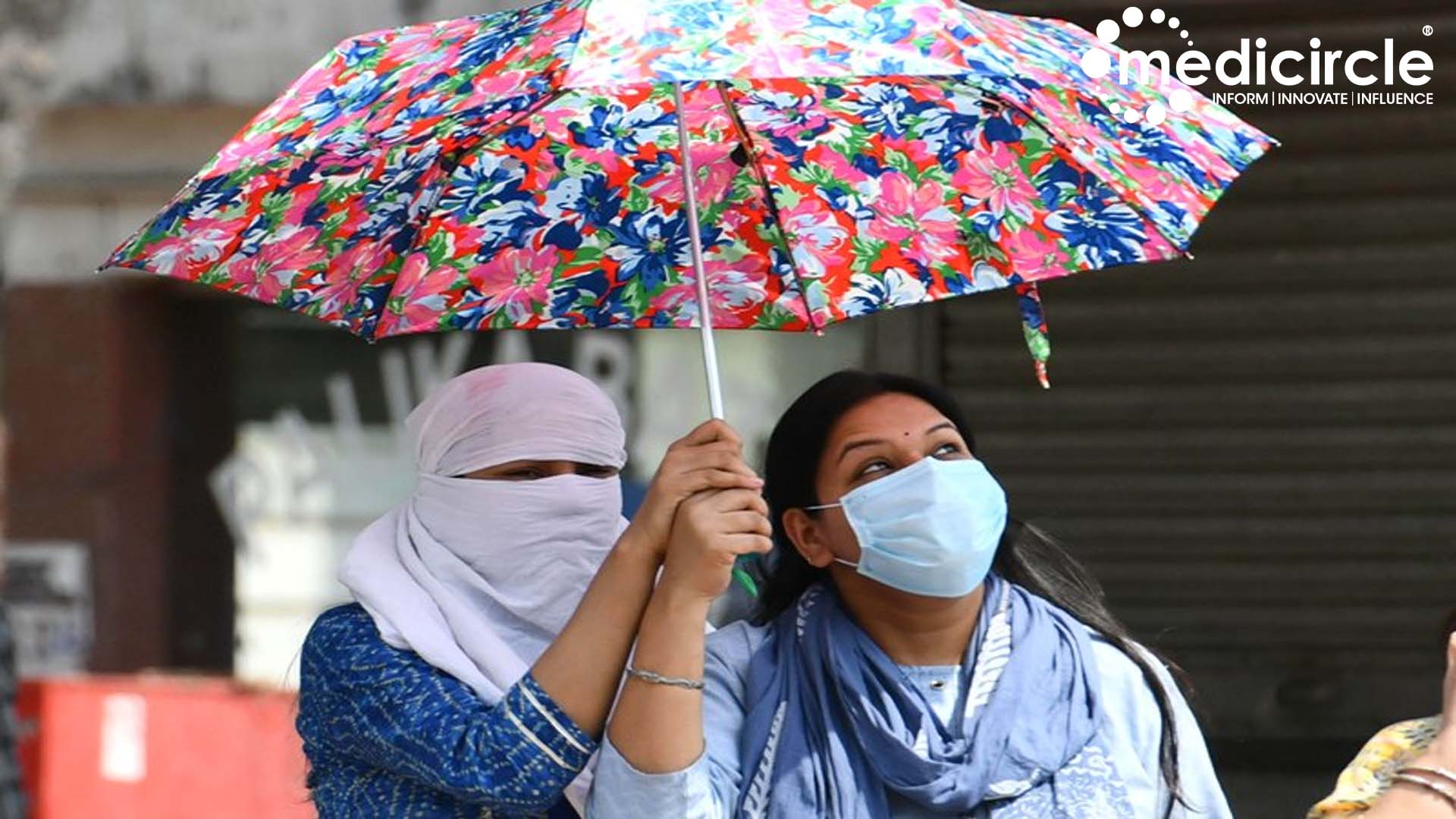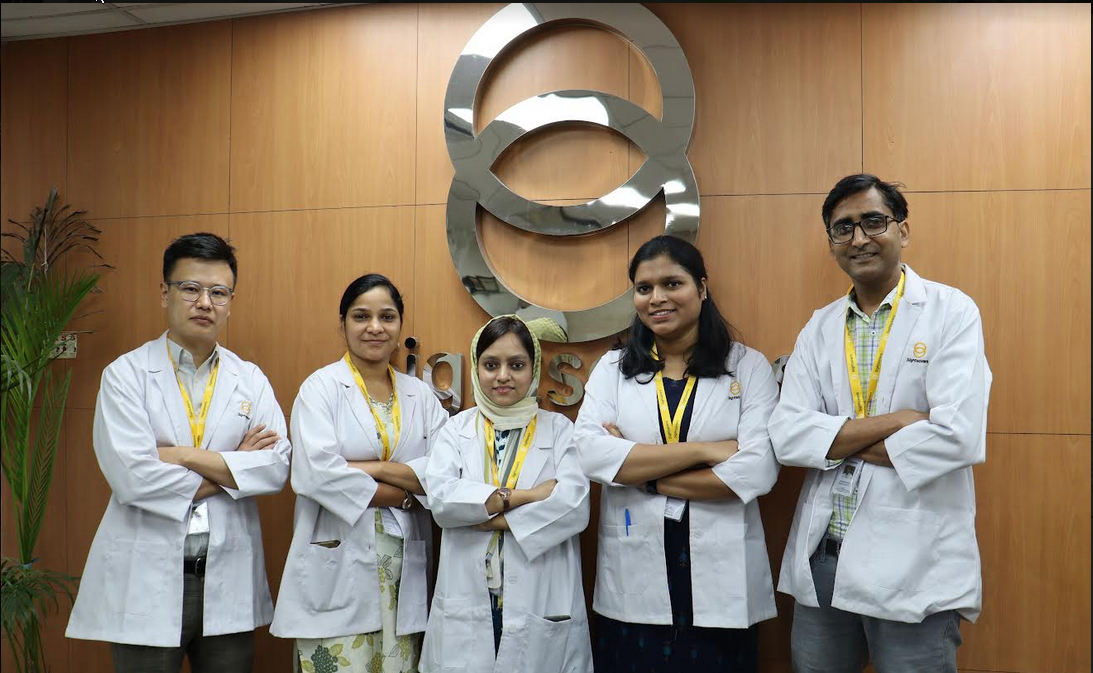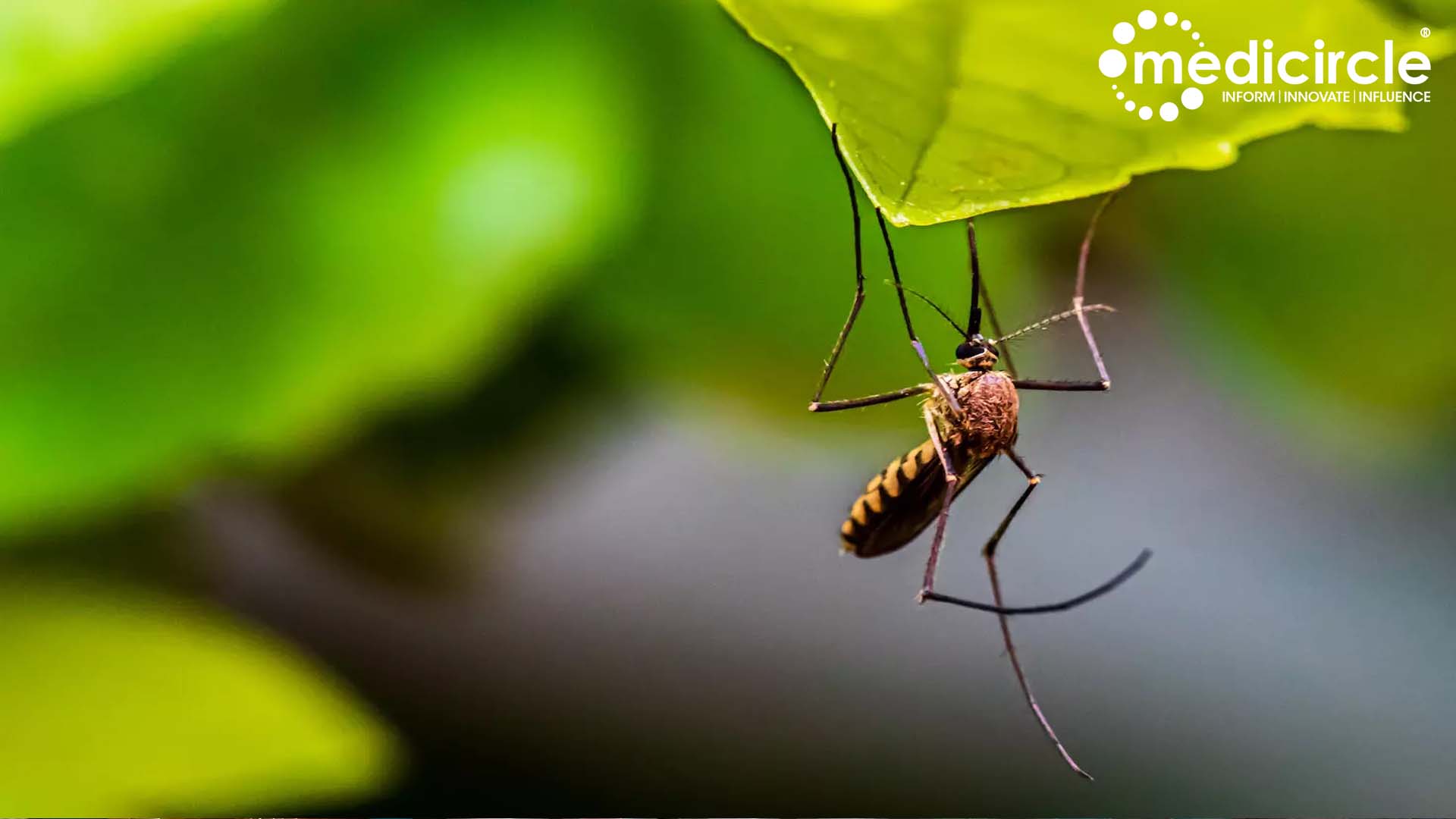In a heartbreaking turn of events, the former Miss Uruguay, Sherika De Armas, who graced the stage of the Miss World pageant in 2015, has passed away after a two-year battle with cervical cancer. This report by the New York Post has sent shockwaves across social media, prompting reflections on the importance of awareness, prevention, and understanding of cervical cancer.
Sherika De Armas, a symbol of beauty and grace, captured hearts as she represented Uruguay in the Miss World pageant in 2015. However, Sherika was fighting a silent battle against cervical cancer behind the glamorous exterior. Her brother, Mayk' De Armas, took to social media to share the devastating news of her passing, writing, "Fly high, little sister. Always and forever." This loss has sparked conversations about the challenges individuals face in their fight against cervical cancer and the need for widespread awareness.
Understanding Cervical Cancer: Cervical cancer originates in the cervix, the lower part of the uterus that connects to the vagina. It is primarily caused by the human papillomavirus (HPV), a common sexually transmitted infection. Cervical cancer can develop slowly over time, often starting with precancerous changes that, if detected early, can be treated to prevent the progression to cancer.
Causes of Cervical Cancer:
1. HPV Infection: Persistent infection with high-risk HPV types is the leading cause of cervical cancer.
2. Weak Immune System: Individuals with weakened immune systems are more susceptible to HPV infections and the development of cervical cancer.
3. Smoking: Tobacco use has been linked to an increased risk of cervical cancer.
4. Long-Term Use of Birth Control Pills: Prolonged use of certain contraceptives may contribute to the development of cervical cancer.
Precautions and Prevention:
1. Vaccination: HPV vaccination significantly reduces the risk of cervical cancer. It is recommended for both males and females during their early teenage years.
2. Regular Pap Smears: Routine cervical screenings, or Pap smears, can detect precancerous changes early, allowing for timely intervention.
3. Safe Sexual Practices: Practicing safe sex and using protection can reduce the risk of HPV transmission.
4. Quit Smoking: Quitting smoking lowers the risk of cervical cancer and contributes to overall health.
5. Limiting Birth Control Pill Use: Discussing contraceptive options with healthcare providers and considering alternatives can be beneficial.
Treatment and Cure: Cervical cancer is highly treatable if detected in its early stages. Treatment options may include surgery, radiation therapy, and chemotherapy, depending on the stage and extent of the cancer. Regular follow-ups and adherence to the prescribed treatment plan are crucial for a successful recovery.
Prevalence of Cervical Cancer in India: Cervical cancer remains a significant health concern in India, it ranks as the third most prevalent cancer, constituting 18.3% of all cancer cases (123,907 instances), and stands as the second leading cause of mortality with a death rate of 9.1%, according to GLOBOCAN 2020 data. The age-standardized incidence rate per 100,000 population is reported at 18, and the 5-year prevalence rate across all age groups is documented as 42.82 per 100,000 population.
The National Cancer Registry Programme highlights cervical cancers as the most widespread malignancies among females, with cervical cancer contributing to 6-29% of all cancers affecting women in India. Specifically, the Papumpare district in Arunachal Pradesh, India, has the highest incidence rate of cervical cancer in Asia, recorded at 27.7. Notably, a substantial portion of cancer diagnoses for breast (57.0%), cervix uteri (60.0%), head and neck (66.6%), and stomach (50.8%) cancers occurred at locally advanced stages.
The passing of Sherika De Armas serves as a reminder of the impact of cervical cancer on individuals, even those who may seem to lead a life of glamour. Through grief, we find an opportunity to raise awareness, educate communities, and encourage proactive measures for the prevention and early detection of cervical cancer. Let Sherika's story inspire a collective effort towards a future where no one has to lose the fight against this formidable cancer

 Through grief, we find an opportunity to raise awareness, educate communities, and encourage proactive measures for the prevention and early detection of cervical cancer. Let Sherika's story inspire a collective effort towards a future where no one has to lose the fight against this formidable cancer.
Through grief, we find an opportunity to raise awareness, educate communities, and encourage proactive measures for the prevention and early detection of cervical cancer. Let Sherika's story inspire a collective effort towards a future where no one has to lose the fight against this formidable cancer.


















.jpg)















